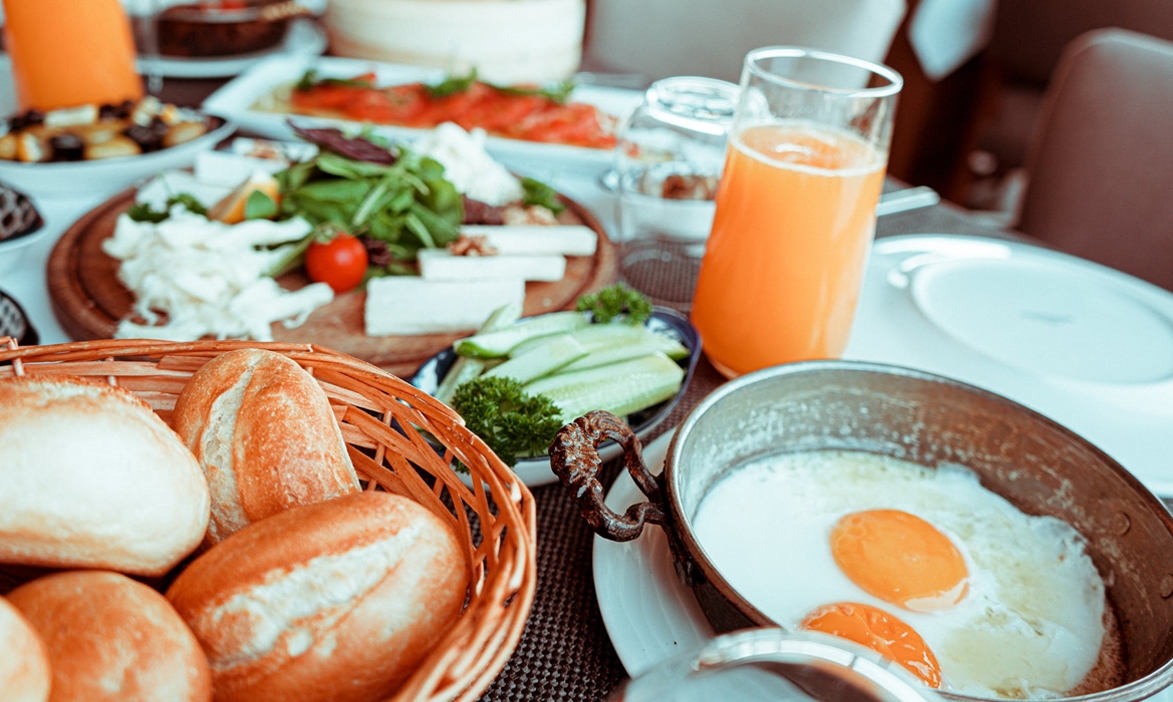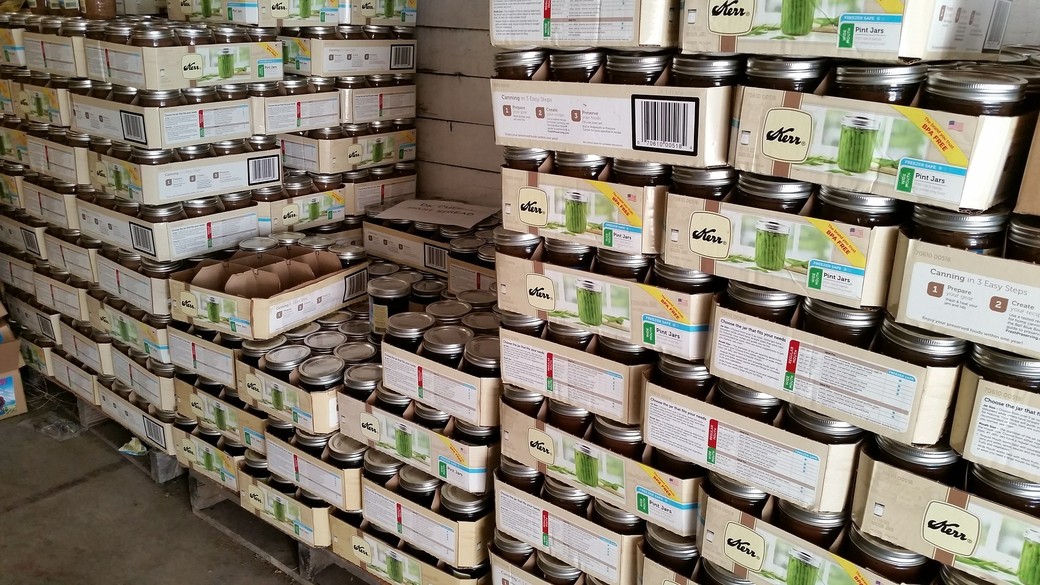
Top 10 best Jewish dishes and their backgrounds
Jewish food is prepared traditionally and is commonly referred to as Kosher that follows traditional Jewish dietary standards. For Jews, it is more than eating healthy and safe foods. It is also their way to respect and adhere to their religious tradition.
If you want to try Jewish cuisine, there are many dishes you can choose from. You can incorporate Jewish cuisines on your daily food meals, starting with the following dishes that you will surely love.
Matzo Ball Soup
The Matzo ball soup tastes similar to chicken noodle soup, albeit without the noodle, as it mainly consists of chicken stock, chicken, celery, and carrots. The Matzo balls itself taste like dumplings but are meatier and with more flavor.
The Matzo balls are made of chicken fat, garlic, eggs, and onions. You can make this delicious Jewish soup recipe in its classic version, vegan and vegetarian version, and gluten-free version.
This dish is one of the staple foods during the Jewish holiday of Passover. Jews make sure that the Matzo ball soup is present on each Jewish household's table during the Passover celebration.
Challah
Challah is a special bread in Jewish food. It is a braided, slightly sweet egg bread that is usually paired with the Matzo Ball Soup. This bread loaf is braided when baked due to various symbolic reasons.
During the Jewish New Year, Rosh Hashanah, the round shape of the Challah loaf, symbolizes continuity, upward progress, or the wheel of season. The Rosh Hashanah version of Challah is sprinkled with lots of raisins on the top to signify an abundant year.
Kosher Brisket
Kosher brisket can be found in different cuisines all around the globe. However, a Kosher brisket is prepared in the Kosher way. Following the Jewish tradition in preparing food, this version of the brisket passes the Jewish religious tradition.
Brisket is a mainstay on a Passover seder meal for Jewish tradition. It has become their tradition to include brisket not only in the Passover menu but also during Rosh Hashanah, Shabbat, and Hanukkah.
To enjoy your brisket more, you can pair it with a Cabernet Sauvignon wine, such as Margaux wine. Cabernet Sauvignon has firm tannins and bright acidity that can deliver a nice refreshment from the brisket's fatty meat.
Kugel
Kugel is a traditional Ashkenazi Jewish dish made of egg noodles or potatoes that are baked to goodness. This dish is mostly present on a Jewish table during Shabbat and other Jewish Holidays.
There is no specific recipe to follow when cooking Kugel. Some make their Kugel sweet, while others prefer to make it savory. It all depends on what the cook prefers. As you eat Kugel, it can give you a glimpse of the cook's background and their ancestor's story, depending on how they prepare their Kugel dish.
Shakshuka
Shakshuka is an egg dish that originated from Israel. This dish is a staple in Israelis breakfast tables, whether eating at a restaurant or at home. As the name implies, Shakshuka means "all mixed-up," where the main ingredient is an egg poached in tomato sauce with added spices, such as paprika, nutmeg, and cayenne pepper.
The sauce is also flavored with onion, garlic, cumin, olive oil, and peppers. Others also add cheese to the recipe for a more creamy and cheesier version of Shakshuka. This recipe is prepared to be a bread dip, such as the Challah bread.
Kibbeh
Kibbeh is a meat nugget that is stuffed with another meat mixture. It has a crispy outside and a meaty filling inside that you will surely enjoy. It has an out of this world taste and texture, which makes it so unique.
For many, Kibbeh's presence in the table means a major celebration due to its uniqueness, cost, and labor-intensive preparation. It is certainly a dish not made during ordinary days. For Jews, Kibbeh should be present on their table during every major holiday they celebrate.
Maror
Jewish consume horseradish during the Passover to reflect the bitterness of their forebearer's lives during slavery in ancient Egypt. It is why preparing Maror during the celebration of Passover is a must for Jewish tradition.
The Mishnah, a Jewish tradition book, indicates that there are five types of bitter herbs that may be created into a Maror. These bitter herbs include horseradish, lettuce, dandelion greens, chicory, and clover. However, in the United States, Jews often use horseradish as a Maror's primary ingredient.
Hamantaschen
A Hamantaschen is a triangular Ashkenazi Jewish cookie filled with jelly. Jews eat Hamantaschen during the celebration of Purim to commemorate being saved from persecution during the ancient Persian empire.
The Hamantaschen's shape symbolizes Haman's triangular hat and signifies the Jewish victory over Haman. Aside from the deep history or the Hamantaschen cookie, you will also surely love its sweetness.
Potato Latkes
Potato latkes are made with potato formed into a pancake and deep-fried with tons of oil. This is enjoyed during the Hanukkah and represents one of the ancient Hanukkah miracles. Latkes are best enjoyed when served with applesauce, sour cream, or a cranberry sauce.
You can also use sweet potato as an alternative to ordinary potatoes if you like your latkes sweet. But no matter what ingredient you use, you will surely love this Jewish food. It is easy to prepare and can be enjoyed by kids as well.
Cholent
Aside from the Kosher Brisket, another meat recipe Jews prepare during the Sabbath is the Cholent. It is a Jewish slow-cooked stew that you can start cooking during the sundown on Friday to enjoy it on Saturday's lunch.
You can create Cholent from different kinds of meat, such as chicken, lamb, or beef. Vegetables are also added to the stew, like potatoes and beans. You can also add eggs to the stew if you like, but this is just optional.
Takeaway
Every culture has a variety of dishes they prepare as respect to their traditions, religions, or ancestors. Understanding these traditions and how it gives birth to these mouth-watering cuisine is important to not only understand the history of the dish but also to know the purpose of its existence and its impact on the culture.









